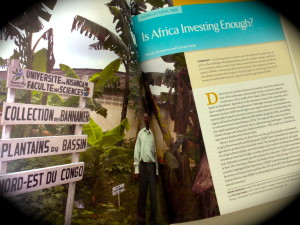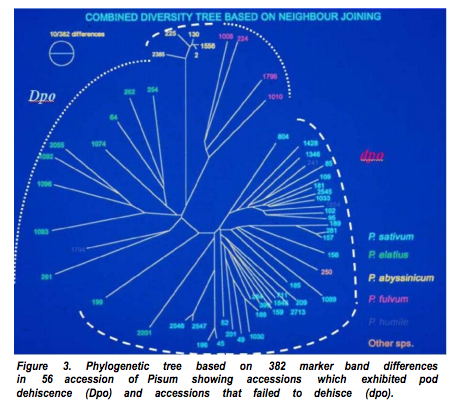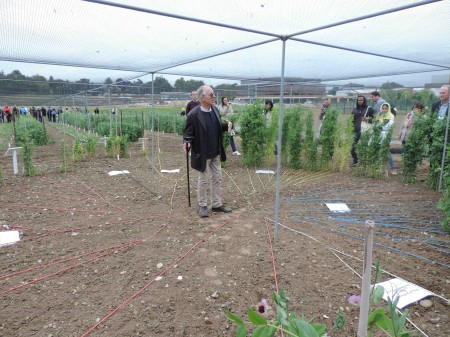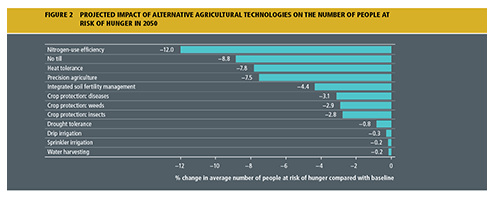- New UNESCO World Heritage Sites, including some vaguely agricultural ones.
- Why more of those would make sense.
- Though monitoring would be a challenge.
- Could put it all in genebanks, like these mangoes in India.
- But that’s hard too, just ask this coconut genebank curator in PNG.
Nibbles: Agave pollination, Sanjaya Rajaram, PGR policy history, Ex situ conifers, Botanic garden theft, Kyrgyz forests, Home nurseries, American chestnut, South Pacific action
- Tequila and bats. Two of my favourite things.
- Continuing the Mexican theme, we have a World Food Prize 2014 winner.
- I wonder what he thinks of the changes he’s seen during his illustrious career in the international system for PGR conservation and use.
- I bet there’s a few endangered conifers, and maybe some ex situ collections, in Mexico.
- I hope there weren’t any among the plants stolen from the RBG Edinburgh recently.
- But perhaps there were some fruits and nuts from Kyrgyzstan?
- Well, the way to go is home nurseries, clearly.
- Maybe even with the GM chestnut, why not?
- Meanwhile, in the South Pacific, CePaCT has been really busy.
Pisum phylogeny illustrated in really cool way
Yeah, sure, you can publish your Pisum phylogenetic tree the usual way:
But isn’t it a whole lot better to do it like this?
That’s the author, Mike Ambrose of the John Innes Centre Germplasm Resources Unit showing off his handiwork. Thanks to Nora Castañeda for the photo. It’s all happening because of the PGRSecure conference in Cambridge, UK. which you can follow on Twitter.
LATER: And thanks to Jim Croft for pointing out something similar from Down Under.
Food policy ignores genebanks, so what else is new?
 IFPRI’s latest Global Food Policy Report is out. I know because I was at the launch a couple of days ago in Berlin. Leafing through the hard copy while listening to IFPRI’s DG summarize the main findings, I was heartened to see the photo reproduced here, at the start of the section entitled “Is Africa investing enough?”. It’s a banana genebank! In a publication on food policy? Will wonders never cease?
IFPRI’s latest Global Food Policy Report is out. I know because I was at the launch a couple of days ago in Berlin. Leafing through the hard copy while listening to IFPRI’s DG summarize the main findings, I was heartened to see the photo reproduced here, at the start of the section entitled “Is Africa investing enough?”. It’s a banana genebank! In a publication on food policy? Will wonders never cease?
Unfortunately, they did. There’s nothing at all in the report about genebanks, apart from that photo. That’s despite the fact that another section, the one entitled “The promise of innovative farming practices,” did a great job of highlighting the importance of interventions that ultmately depend on the genetic diversity found in genebanks. IFPRI researchers used a geographically explicit modelling approach to predict the effect of 11 different agricultural technologies on yield, global harvested area and number of people at risk of hunger in 2050. They did this for three major staples: maize, rice and wheat.
It turned out that of the three breeding-based technologies included among the 11 — that is, new varieties that are more heat tolerant, N-efficient or drought-tolerant — the first two were consistently the ones resulting in the greatest impact. No-till agriculture was also up there. But really, if you were going to do just one thing to alleviate hunger, breeding for N-efficiency would probably be it, according to this analysis.
So why not mention the source of the raw materials for doing that? Especially as IFPRI’s fellow CGIAR centres manage global germplasm collections of these crops which have been formally recognized as fundamentally important to food security (check out Article 15 of the International Treaty for Food and Agriculture). It’s amazing how no opportunity is ever wasted of taking genebanks for granted.
Brainfood: Open sesame, Turkish buffalo, Crops & diets, Tuberous-rooted chervil, Pine breeding, Pigeonpea diversity, Sorghum adoption, Slumdog trees, Regenerating wild sunflower
- Sesame Crop: An Underexploited Oilseed Holds Tremendous Potential for Enhanced Food Value. Nice overview of diversity conservation and use. Lots of scope for improvement.
- Microsatellite based genetic diversity among the three water buffalo (Bubalus bubalis) populations in Turkey. No great evidence of differentiation among populations into breeds, unlike in India, say.
- Crop diversification, dietary diversity and agricultural income: empirical evidence from eight developing countries. More crops grown, more dietary diversity.
- Temporal evolution of the genetic diversity of Chaerophyllum bulbosum: Consequences on the genetic resources management. French article on the lack of hydrographic structuring, or erosion, in the genetic diversity of largely forgotten apiaceous root vegetable in Germany.
- Merging applied gene conservation activities with advanced generation breeding initiatives: a case study of Pinus radiata D. Don. Because introduction of new diversity from native areas is difficult, foresters in non-native areas should better understand and use the diversity in existing provenance/progeny trials.
- Comparative Analysis of Genetic Diversity among Cultivated Pigeonpea (Cajanus cajan (L) Millsp.) and Its Wild Relatives (C. albicans and C. lineatus) Using Randomly Amplified Polymorphic DNA (RAPD) and Inter Simple Sequence Repeat (ISSR Fingerprinting. 16 Indian accessions classified in 3 clusters, with the stress resistant material mostly together. More diversity in the wilds.
- The role of varietal attributes on adoption of improved seed varieties: the case of sorghum in Kenya. Not just about yield.
- Vegetation in Bangalore’s Slums: Boosting Livelihoods, Well-Being and Social Capital. What’s needed is trees with short stature, narrow trunks, medium canopy, high value. How many species like that can you think of?
- Comparison of fatty acid composition of oil from original and regenerated populations of wild Helianthus species. It’s not the same.


